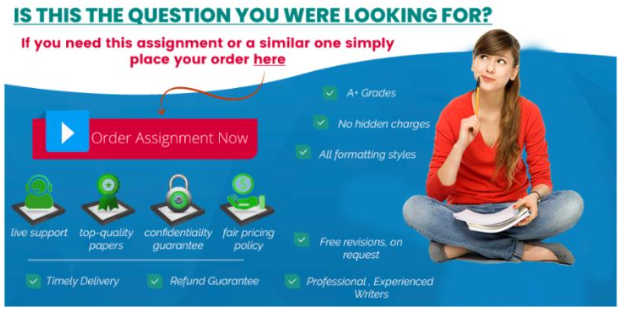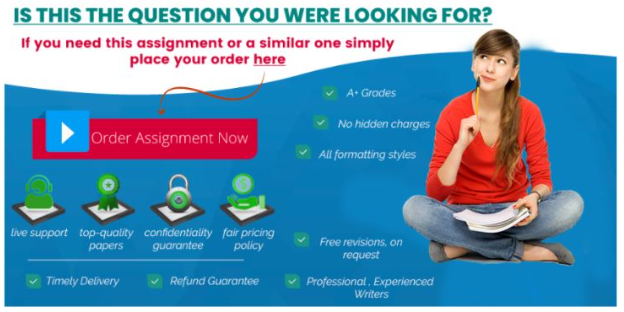Person Centered & Experiential Theories Case
Discussion Board Question:
Using the case below, respond to these questions:
- What conditions of worth are being placed on Heidi?
- Where are they coming from?
- What cultural, developmental, and societal factors do you see impacting Heidi’s issues?
- As a mental health/school counselor, how would you use person centered therapy to support Heidi?

Heidi arrived in my office after gymnastics practice. Blond and pretty, she was dressed in a shiny red-and-white warm-up suit. We talked about gymnastics, which Heidi had been involved in since she was six. At that time, she was selected to train with the university coaches. Now she trained four hours a day, six days a week. She didn’t expect to make an Olympic team, but she anticipated a scholarship to a Big-8 school.
Check tips on how to do your Psychology Assignment.
Person Centered & Experiential Theories Case
Heidi glowed when she talked about gymnastics, but I noticed her eyes were read and she had a small scar on the index finger of her right hand. I wasn’t surprised when she said she was coming in for help with bulimia.
Heidi said, “I’ve had this problem for two years, but lately it’s affecting my gymnastics. I am too weak, particularly on the vault, which requires strength. It’s hard to concentrate.
“I blame my training for my eating disorder,” Heidi continued. “Our coach has weekly weigh-ins where we count each others’ ribs. If they are hard to count we’re in trouble.”
Heidi explained that since puberty she had had trouble keeping her weight down. After meals, she was nervous that she’d eaten too much. She counted calories; she was hungry but afraid to eat. In class she pinched the fat on her side and freaked out. The first time she vomited was after a gymnastics meet. Coach took her and the other gymnasts to a steak house. Heidi ordered a double cheeseburger and onion rings. After she ate, she obsessed about the weigh-in the next day, so she decided, just this once, to get rid of her meal. She slipped into the restaurant bathroom and threw up.
Person Centered & Experiential Theories Case
It was so gross that I thought, ‘I’ll never do that again,’ but a week later I did. At first it was weekly, then twice a week. Now it’s almost every day. My dentist said that acid is eating away the enamel of my teeth.”
Heidi began to cry. “I feel like such a hypocrite. People look at me and see a small, healthy person. I see a person who gorges on food and is totally out of control. You wouldn’t believe how much I eat. I shove food into my mouth so fast that I choke. Afterwards, my stomach feels like it will burst.”
Heidi’s father was a local pediatrician and her mother a homemaker who worked with the Junior League. She was the oldest of three children. Heidi said that she had a wonderful childhood. Her family took trips every summer–one year to the coast of Maine, another to Sanibel Island in Florida and another to Alaska.
She loved elementary school. She’d been busy with her family, church and gymnastics. She was the kind of girl other kids like–easy-going and energetic. Heidi paused. “I had the perfect life–great parents, good friends and my own bedroom with a canopy bed and a balcony. I had walls full of ribbons and trophies.”
I asked, “When did it stop being perfect?”
Person Centered & Experiential Theories Case
“After my thirteenth birthday things got tough. I graduated from my neighborhood school and moved into a consolidated school. I made friends there, but I felt under more pressure. School was harder; gymnastics was harder. I gained weight when I started my periods. Coach put me on a diet.”
Heidi sighed. “Social life got harder. The girls were competitive. I hated the gossiping. With boys, everything got sexual. I was friends with some of the guys in the neighborhood, but we stopped hanging out together. We didn’t know how to handle stuff.”
I asked how Heidi felt about her appearance and wasn’t surprised to hear that she had felt ugly in junior high. “Appearance was all we talked about. I tried not to get caught up in it, but I couldn’t help it. I wanted to be pretty like everyone else.”
We ended our first session with a talk about expectations. Heidi felt pressured to be attractive, athletic and popular. She was amazingly successful at meeting these expectations, but she was paying a big price. Her perfectionism was taking its toll on her physical and emotional health.
Person Centered & Experiential Theories Case
Next session Heidi came with careful notes on her bulimia. She had binges at home, in the kitchen late at night after all her work was done. Usually she went to bed and tried to sleep, but almost always she was too anxious to settle down until she had binged and purged. Then she slept, only to wake the next morning hung over and ashamed.
Heidi wrote that before bingeing she felt tired, she worried about her tests or was upset about practice or her boyfriend. We discussed ways she could deal with those feelings besides bingeing: She could talk to someone, write in a journal, listen to music or learn relaxation techniques. Heidi agreed to write in her journal before she binged. She didn’t think it would stop her, but it might slow her down and maybe she would learn something about herself.
We talked about how bulimia had changed her life. She no longer liked family dinners or social occasions where food was served. It made her nervous to be around normal eaters. She could either pick at her food or binge, but she’s lost the ability to have an ordinary meal. She was afraid that Sunday dinners and her grandparents would cause her to lose control, so she avoided them. She missed her grandparents and she knew they missed her. They felt hurt by her lack of attention.
Heidi was exhausted from the time and planning that bingeing required. Sometimes she stayed up past midnight to have the kitchen to herself. Sometimes she missed outings because she knew the house would be empty and she could binge in private. She said, “My parents don’t try to stop me, but I hate to do it when they are around. I don’t want my little bothers to find out.”
Person Centered & Experiential Theories Case
She continued, “My boyfriend knows and is real supportive, but it hurts our relationship. I won’t eat out with him. Sometimes I want him to take me home so I can binge. I’ll make up an excuse to end our date.”
She looked at me. “I hate to say this, but I’d rather binge than make out. I get real moody if anything interferes with my bingeing,” she continued. “I’m irritable before and depressed afterwards. It seems like I’m never happy.”
Instructions:
Your Original Post is due by Sunday. There is no prescribed length for your posts, but they should reflect your own work, exhibit a high level of synthesis of course materials, and reflect a high caliber of scholarly writing. Citations and references are to be included in your responses. Your post should reflect APA 7 requirements.
By Wednesday please respond to 2 peers by:
Asking a probing question.
Share an insight from having read your colleagues’ postings.
Offer and support an opinion.
Validate an idea with your own experience.
Make a suggestion.
Expand on your colleagues’ postings.










